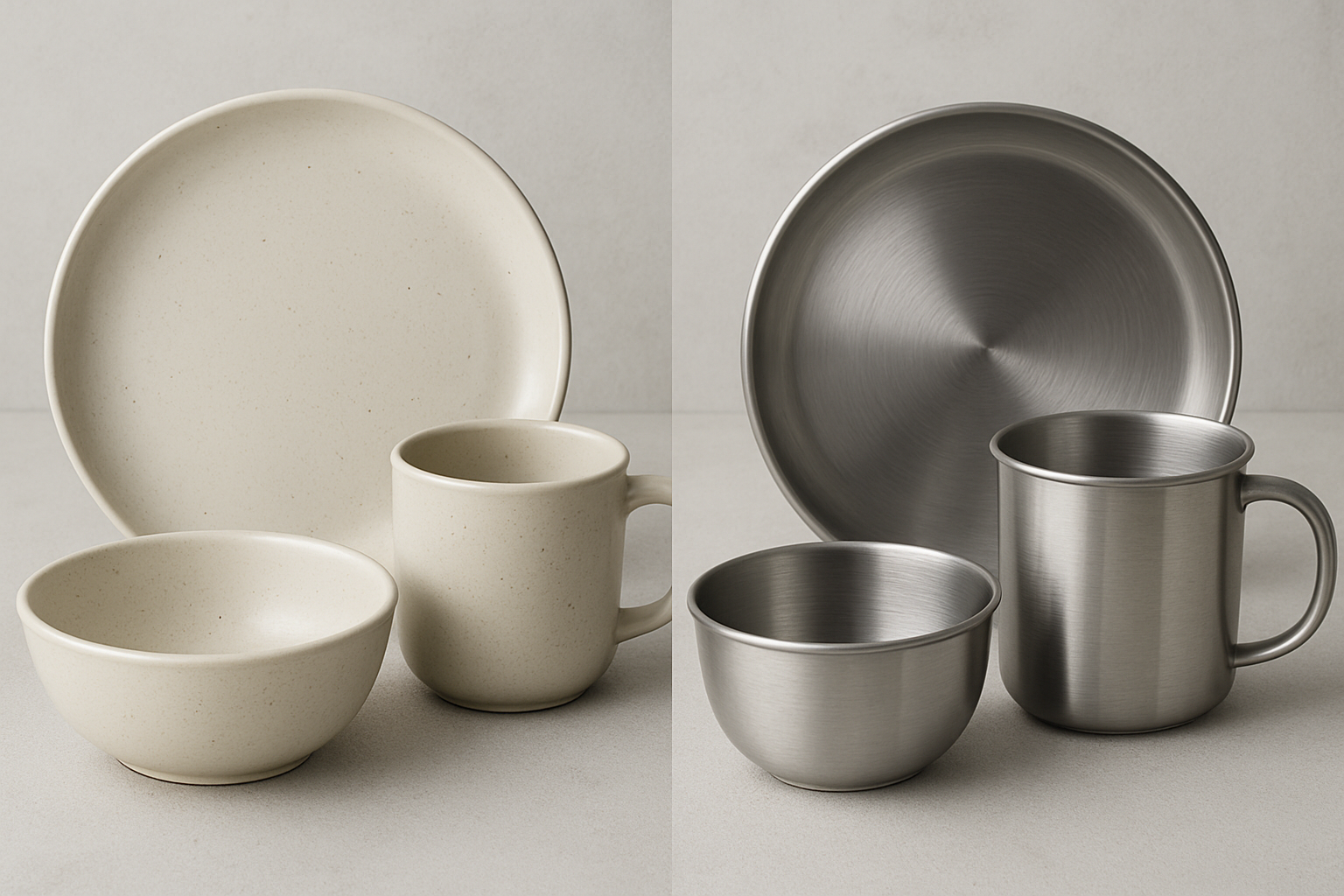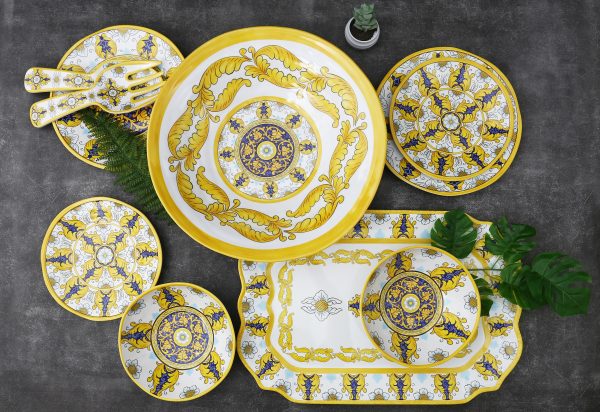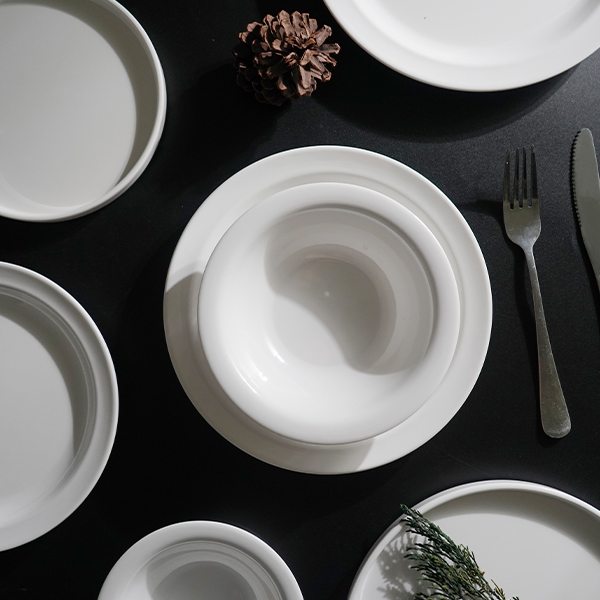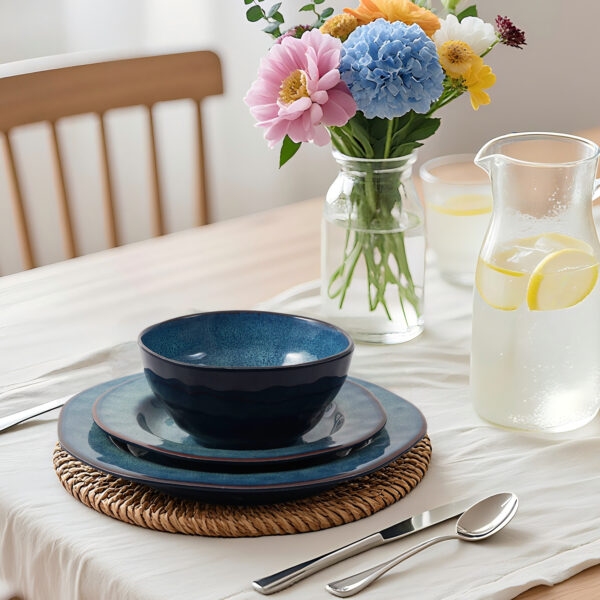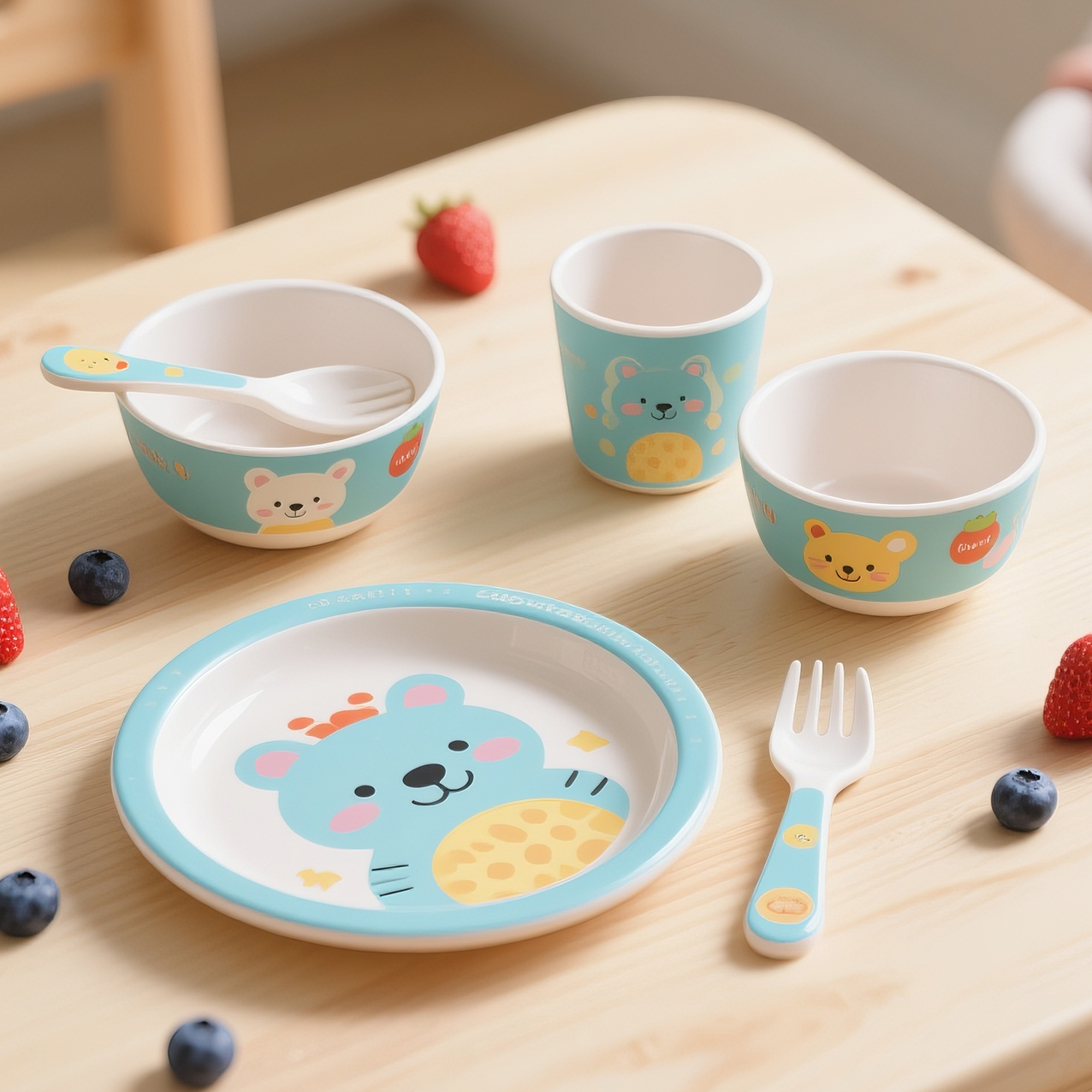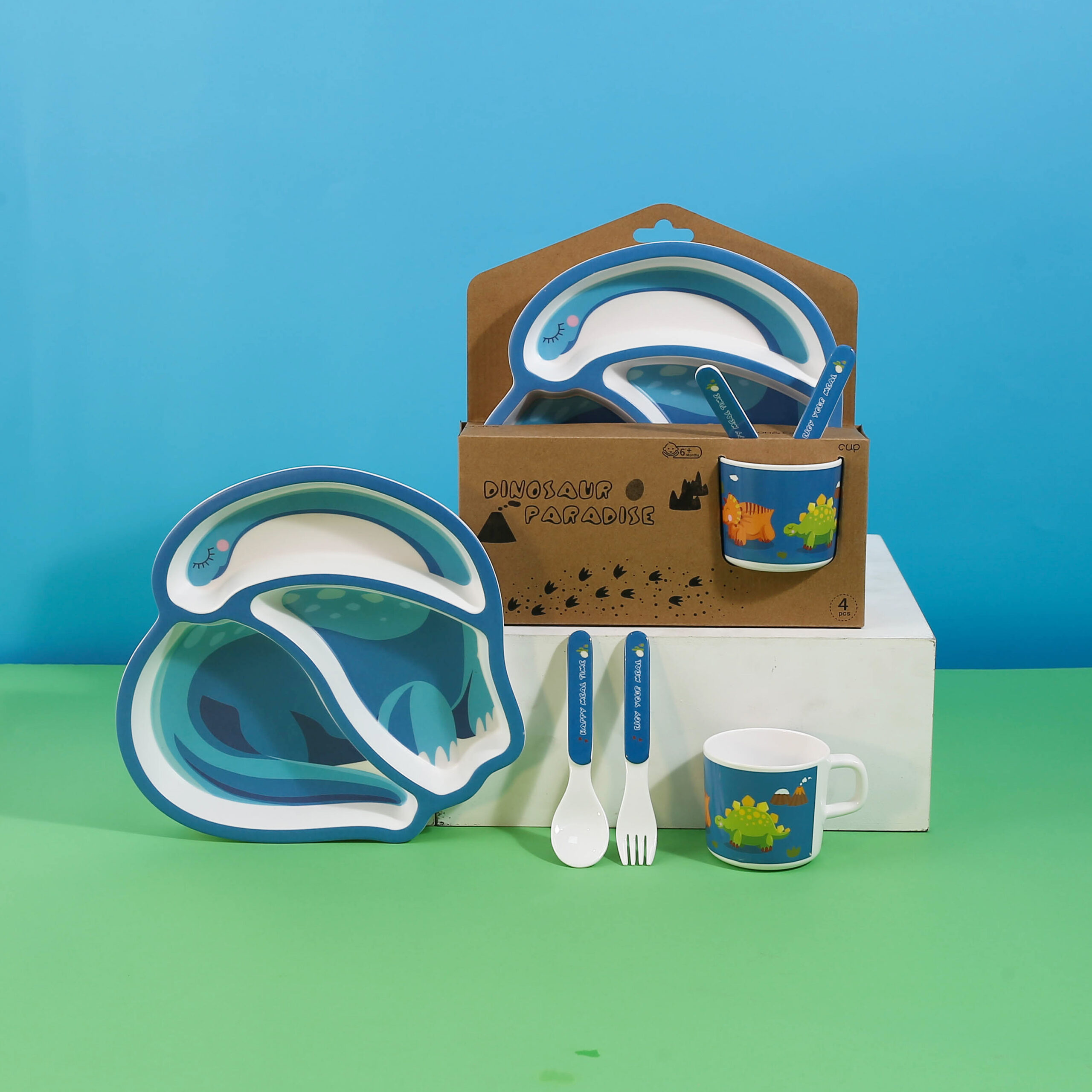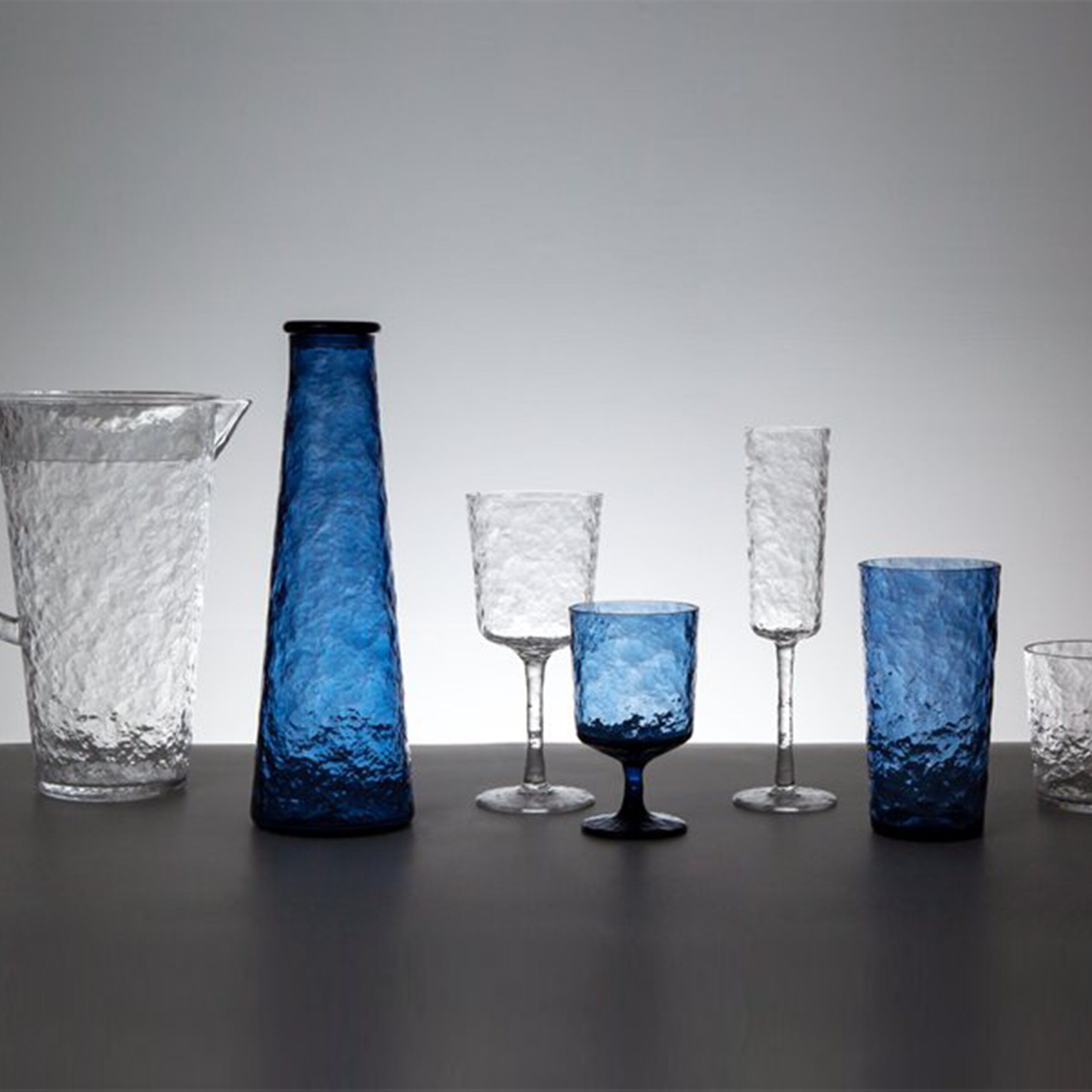Choosing the right tableware is a decision every household faces at some point, and one common debate is Ceramic VS stainless steel. While both materials are widely used across the globe, they differ significantly in terms of durability, safety, aesthetics, and practicality. Families often prioritize health, maintenance, and cost when selecting tableware, which makes comparing ceramic and stainless steel essential for making an informed decision.
1. Understanding Ceramic Tableware
1.1 Advantages of Ceramic Tableware
- Elegant Aesthetics and Design Variety
When evaluating Ceramic VS stainless steel, ceramic tableware is often praised for its visual appeal. It comes in countless designs, colors, and patterns, allowing families to match tableware with interior styles. Surveys show that 68% of households choose ceramic dishes for their beauty and presentation.
- Resistance to Stains and Odors
Another key advantage is ceramic’s resistance to odors and stains. Glazed ceramic creates a non-porous surface that prevents absorption of food smells, unlike plastic or wood. This makes it ideal for serving a wide variety of dishes without lingering flavors.
- Heat Retention for Better Dining Experience
A ceramic bowl can maintain a safe serving temperature of 50°C–60°C for nearly twice as long as a stainless steel bowl of the same size, enhancing dining comfort.
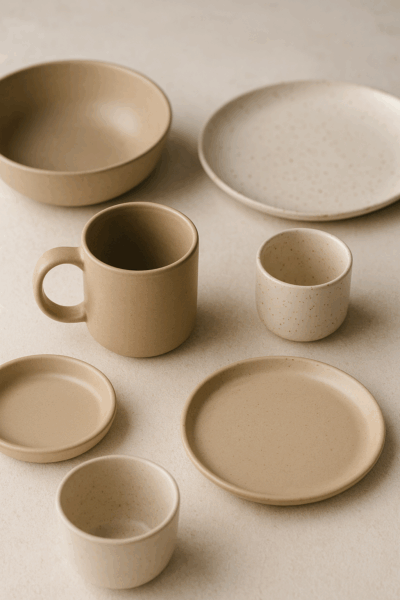
1.2 Disadvantages of Ceramic Tableware
- Fragility and Risk of Breakage
One major drawback is fragility. Ceramic dishes can chip, crack, or break when dropped. Research shows that the average lifespan of a ceramic mug in family kitchens is about 3–5 years, compared to stainless steel that can last decades.
- Heavier and Less Convenient to Handle
Ceramic is also heavier than stainless steel, making it less convenient for children or elderly family members. For example, a ceramic plate often weighs 500–700 grams, while a stainless steel plate of the same size weighs less than 300 grams.
- Limited Use in Outdoor Settings
Finally, ceramic is less practical in outdoor environments. Families going on picnics or camping trips may find ceramic impractical due to weight and breakage risks.
2. Understanding Stainless Steel Tableware
2.1 Advantages of Stainless Steel Tableware
- Exceptional Durability and Longevity
When comparing Ceramic VS stainless steel, stainless steel often stands out for its durability. This allows stainless steel tableware to last for decades without losing functionality.
- Lightweight and Convenient for Families
Another strength is lightweight convenience.This makes them especially practical for families with children or for outdoor activities like camping.
- Hygienic and Easy to Clean
Stainless steel is also considered highly hygienic. According to food safety research, stainless steel reduces bacterial buildup by up to 90% compared to untreated ceramic surfaces.
- Environmentally Friendly Choice
From an environmental perspective, stainless steel is 100% recyclable. A stainless steel spoon can be recycled indefinitely without losing quality, while ceramic recycling is more complex and less efficient. Families focused on sustainability often favor stainless steel for this reason.
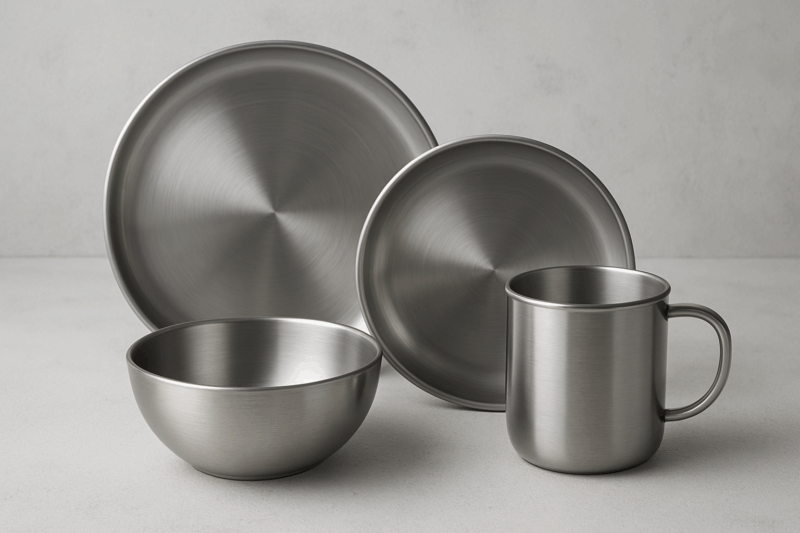
2.2 Disadvantages of Stainless Steel Tableware
- Limited Aesthetic Options
Despite its durability, stainless steel has drawbacks. First, it lacks aesthetic variety. Most stainless steel tableware comes in silver-gray finishes, offering fewer options for families who prefer colorful or decorative designs.
- Heat Conduction Challenges
Another limitation is heat conduction. Stainless steel transfers heat quickly, meaning hot foods or beverages can make the surface uncomfortable to touch. For example, stainless steel cups filled with boiling water can reach surface temperatures of 70–80°C within 30 seconds, which can be unsafe for children.
- Potential Metallic Taste with Certain Foods
Taste alteration is another concern. Some users report a metallic flavor, especially when consuming acidic foods such as tomato-based dishes or citrus fruits. Although modern high-grade alloys minimize this issue, it remains a disadvantage for sensitive palates.
3. Ceramic VS stainless steel: Which is Better for Families?
When evaluating Ceramic VS stainless steel, the choice depends on lifestyle, family size, and priorities.
- Durability and Cost Efficiency:Stainless steel clearly wins. A single stainless steel plate can last more than 20 years, whereas ceramic plates often need to be replaced within 5–10 years. Over time, stainless steel proves more cost-effective.
- Safety and Comfort:Ceramic offers better insulation for hot meals, but stainless steel reduces the risk of toxic contamination since it does not require glazes. For families with small children, stainless steel is safer against breakage accidents.
- Aesthetic Value: Ceramic excels. Families that value decorative table settings or want to create a welcoming dining atmosphere may prefer ceramic despite its fragility.
- Environmental Impact:Stainless steel is more sustainable due to its recyclability, while ceramic often ends up as landfill waste after breaking.
3.1 Hybrid Use for Practical Families
Some households find the best solution is not choosing between ceramic or stainless steel exclusively, but combining both materials. For instance, ceramic dishes may be reserved for family dinners or guests, while stainless steel can be used for children, outdoor picnics, or daily utility. This hybrid approach allows families to enjoy the strengths of each material.
3.2 Final Considerations
Ultimately, Ceramic VS stainless steel is not a one-size-fits-all answer. Families should consider how often they cook, whether they prioritize aesthetics or durability, and what their budget allows. Surveys suggest that 45% of urban households prefer ceramic for formal dining, while 55% rely on stainless steel for everyday use. This split highlights that both materials hold value depending on context.
4. Conclusion
Ceramic delivers beauty and heat retention but suffers from fragility, while stainless steel ensures durability, safety, and eco-friendliness but lacks visual appeal. By weighing these factors carefully, households can make a balanced decision that enhances both the practicality and enjoyment of daily meals.


